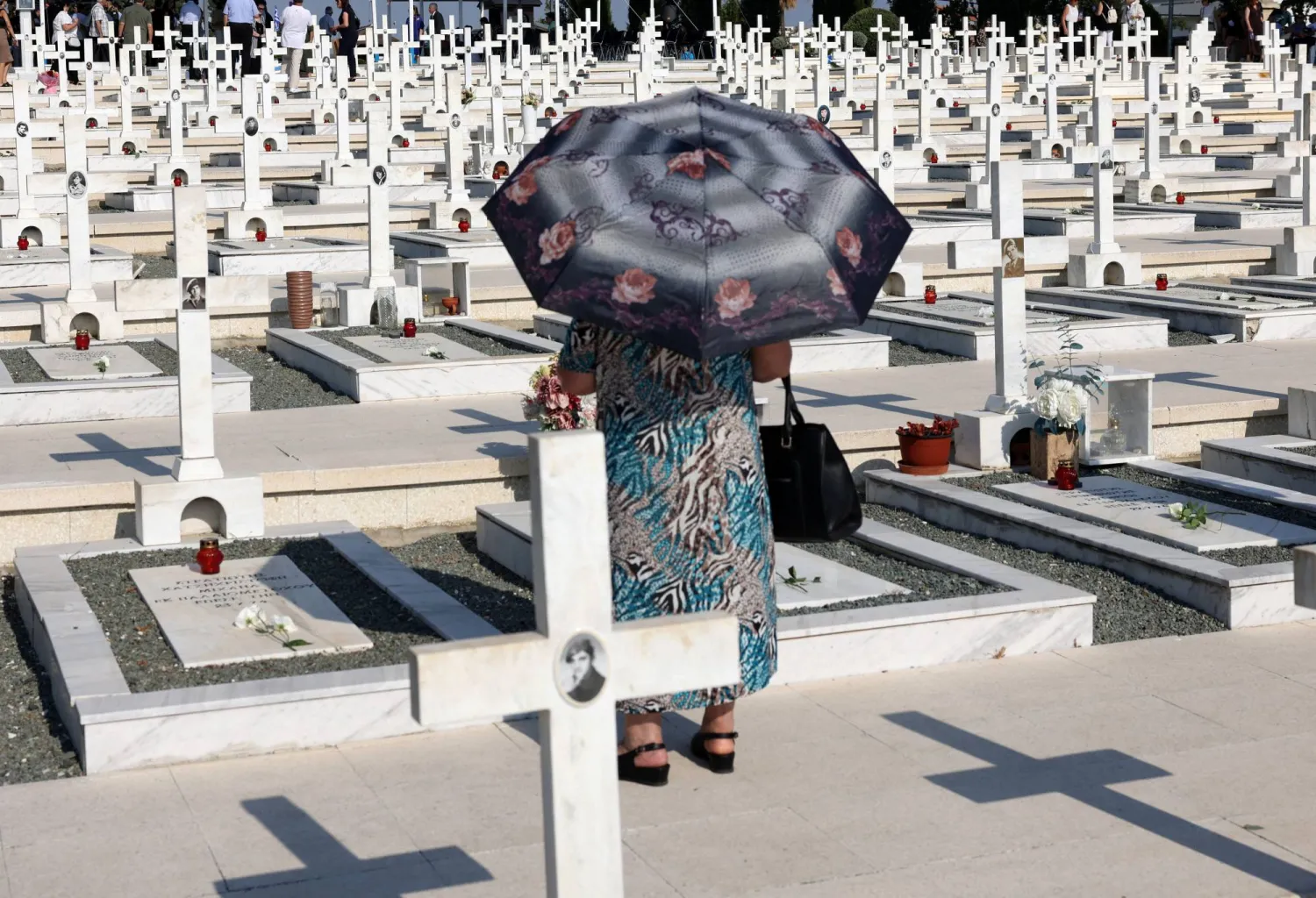Syria is among the countries most affected by the developments in Afghanistan, whether in regards to the American pullout or the rapid Taliban takeover. Syria and Afghanistan are similar in that several countries are embroiled in their conflict.
Various Syrian parties are quick to comment on defeats and victories in other countries, drawing parallels to what is taking place in their homeland.
Damascus watched with bated breath the rapid developments that unfolded in Kabul. Officials expressed their “relief” at the US withdrawal from Afghanistan and its implication on its Syrian allies – namely the Kurdish Syrian Democratic Forces (SDF).
Former minister and leading member of the ruling Baath party Mahdi Dakhlallah compared the American withdrawal from Afghanistan to its pullout from Vietnam in 1975. “There is one lesson to be learned: America very simply and mercilessly abandons its agents,” he remarked, saying the US-backed SDF must be diligent.
Dakhlallah suggested that the SDF take up “resistance because it is better than surrender and compromise.” That was the same suggestion made by president Bashar Assad when he was sworn in for a new term in office last month. He spoke of the need for “popular resistance” to force the US to pull out of Syria.
Syrian officials in Damascus have also refused to engage the SDF in political negotiations over the region east of the Euphrates River and the autonomous administration. Damascus has restricted agreements with the SDF to administrative understandings, providing services and economic exchanges.
US President Joe Biden’s remarks that Washington was not concerned with the building of nations, meaning changing regimes, is music to the ears of officials in Damascus. However, his pledge that the US will continue to fight ISIS means that the Americans are not ready to quit Syria. The Syrian demand for the “American occupier to leave” will still stand even as it ignores the presence of Russian and Iranian forces on its soil.
The Russian and Iranian deployment is seen as legitimate by Damascus that had officially requested this support. This is not a view shared by the Syrian opposition that views the Russians and Iranians as occupiers, “who should be resisted.” This was best demonstrated by the Syrian Islamic Council, which is the political wing of the armed factions, when it congratulated the Afghan people for “expelling the occupier”. It also congratulated them on the Taliban “victory against the colonizer and its agents.”
The Istanbul-based council believes that history has shown that colonizers are destined to be defeated no matter how long they are in power. “We hope the Syrians would enjoy security in their country after it is purified of the filthy Iranian and Russian occupiers and their agents,” it declared.
The extremist Hayat Tahrir al-Sham group, which controls the majority of the Idlib province in northwestern Syria, also extended its congratulations to the Taliban and Afghan people on their “victory”. It hoped that the Syrian revolt would also witness such a victory that would see the country liberated from occupiers. It went so far to say that Syria could draw “inspiration” from the Afghan experience and adopt “jihad and resistance to achieve freedom and dignity by toppling the Syrian regime.”
Moreover, members of Hayat Tahrir al-Sham even handed out sweets on the streets to mark the “victory”. Affiliated social media accounts also spoke of deriving lessons from the Afghan experience.
One leading member of the group commented: “The developments in Afghanistan are similar to what the Syrian people are enduring in their demands for freedom from the oppressive regime and its allies, such as the Russian and Iranian occupiers.” Another user said: “Taliban has redrawn global policy.”
Of course, questions now have to be raised about the fate of foreign fighters, who had defected from Hayat Tahrir al-Sham and others who were close to ISIS and al-Qaeda. Many of these fighters are Afghans and had come to Syria years ago. Are they thinking about returning to the “land of jihad” – Afghanistan?
Significantly, those among the opposition who are hailing the Taliban “victory” have failed to mention Turkey and its role in Syria, similar to how Damascus ignored Iran and Russia.
However, the American pullout reminded other opposition figures of how quick the US was to abandon them when it signed the agreement on southern Syria that included the scrapping of an American program to train members of the Free Syrian Army. The pullout also reminded the SDF of former US President Donald Trump’s sudden withdrawal from a region east of the Euphrates, effectively giving the green light for Turkey to fill the void.
Indeed, the SDF may be the party most alarmed by the rapid American withdrawal from Afghanistan and its implications on the Kurds. True, Biden’s declaration that he is committed to fighting ISIS may reassure them, but their memory of fall 2019 is still raw.







